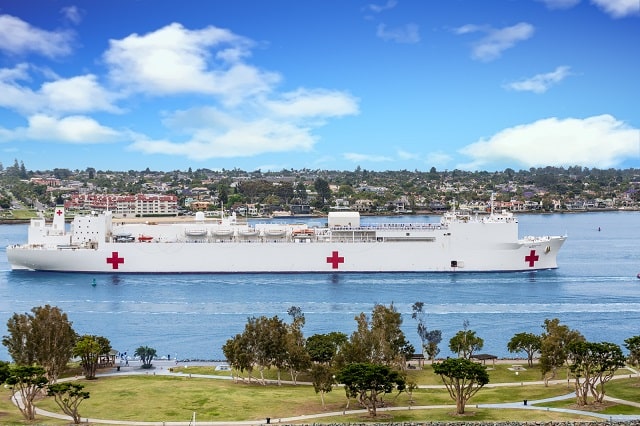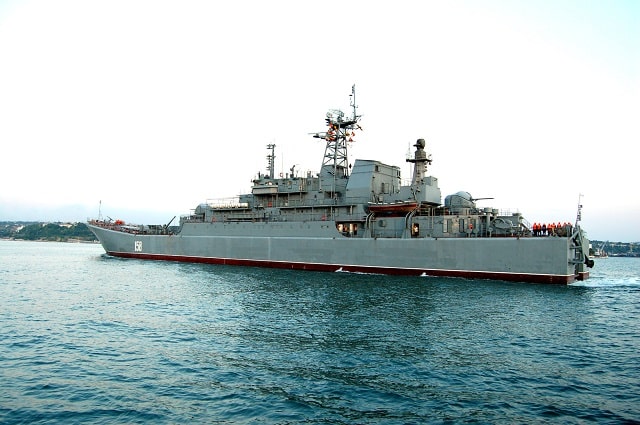The United States Navy contains hundreds of individual ships that are deployed to locations throughout the world. It takes significant time and effort to maintain these vessels and keep them in optimal operating condition. Navy personnel are organized on each ship based on individual roles and responsibilities, with signs and references charts provided to communicate important safety and operational information. Plates are often attached directly to the deck of Navy ships as a convenient way to mark important areas and provide instructions to personnel.
Information plates and nameplates are common on marine vessels, and those installed on Navy ships must be designed to withstand the harsh conditions present on the open ocean. We’re going to look at five advantages of using Metalphoto® anodized aluminum plates on Navy vessels. Metalphoto is extremely durable and one of the most sought-after materials for demanding applications. When preparing equipment for use on the deck of a Navy vessel, here are a few important qualities of Metalphoto aluminum to consider that can be important for deck plate fabrication.

Metalphoto plates are fabricated using an aluminum substrate that is printed or etched upon. These graphics are then sealed beneath a sapphire-hard anodic layer that seals the entire plate surface and adds a significant level of protection. Metalphoto plates have a lifespan of up to 20 years, even when used in challenging outdoor conditions or in marine applications. These plates can withstand exposure to saltwater, heat, sunlight, and sources of abrasion without significant degradation to the metal surface.
The metallic surface of a Metalphoto plate is ideal for creating control panels, signs, labels, and other graphic components. With an ultra-high resolution and excellent contrast, a Metalphoto plate will be easy to read and can accommodate even the most complex schematics and designs. Plates are often installed on Navy vessels to direct equipment operators and provide an easy-to-use reference. A Metalphoto plate can also be designed to include small font text, drawings, or custom barcodes.

Military specifications are among the most detailed regulations that are used in any industry. Metalphoto aluminum is compliant with several relevant regulations and is therefore often selected as a substrate for military identification labels and nameplates. The material can also be used to fabricate schematics, service diagrams, and machine control panels for use on Navy vessels. Some regulatory examples for which Metalphoto is specified include:
Metalphoto anodized aluminum is also recognized by the National Association of Graphic and Product Identification Manufacturers (GPI) Industry Standards and Practices Manual as the most durable printed aluminum substrate available due to its applicability for extreme environmental conditions and outdoor exposure. It was also found to have outstanding durability in tests conducted by the U.S. Navy, as well as versatility for permanent asset identification and tracking.
It should also be noted that Metalphoto can also be used to create durable barcode labels that are compliant with the Item Unique Identification (IUID) program that is used to track high-value military assets. Many military vessels contain hundreds or even thousands of individual assets. Adding asset tags and nameplates to these items is not only often required by military specifications, but it can also drastically improve the quality of tracking and make it easier to optimize ship operations.
The long shelf life of Metalphoto means fewer replacements and a more reliable plate structure versus many other materials. Metalphoto is also readily available and can support larger production quantities. Plate manufacturers that are familiar with this material can often provide excellent turnaround times and in certain situations, Metalphoto may cost up to 30% less than etched stainless steel. This is most definitely the case in marine applications where other materials may degrade quickly due to salt and water exposure. Metalphoto plates are also easy to install and can be attached permanently to a suitable surface.
Not only is Metalphoto a durable material, but it also has a clean, metallic appearance that is perfect for Navy vessels. A Metalphoto plate can be customized and fabricated with a specific thickness, finish, and attachment method. Finishing options include matte, satin, brushed, and gloss appearances. Colors can be used for plate graphics, but it is important to note that colors other than black are not as UV resistant and may fade or degrade over time. A Metalphoto plate can be attached to a surface using a durable adhesive or physical means such as screws or nails.
Many Navy applications require durable and high-quality plates that can withstand marine conditions while also resisting exposure to sunlight, wind, and rain on the vessel deck. Metalphoto is an excellent choice for these demanding conditions and deck plates can be customized to the needs of each ship. With several material options available it is important to consider the unique specifications for each military application and select a substrate that will perform well and last for the lifetime of the asset.
Our sales engineers are experts in automatic asset tracking, tagging and identification,a nd can answer all your questions. Get in touch now.
Lets Talk ›